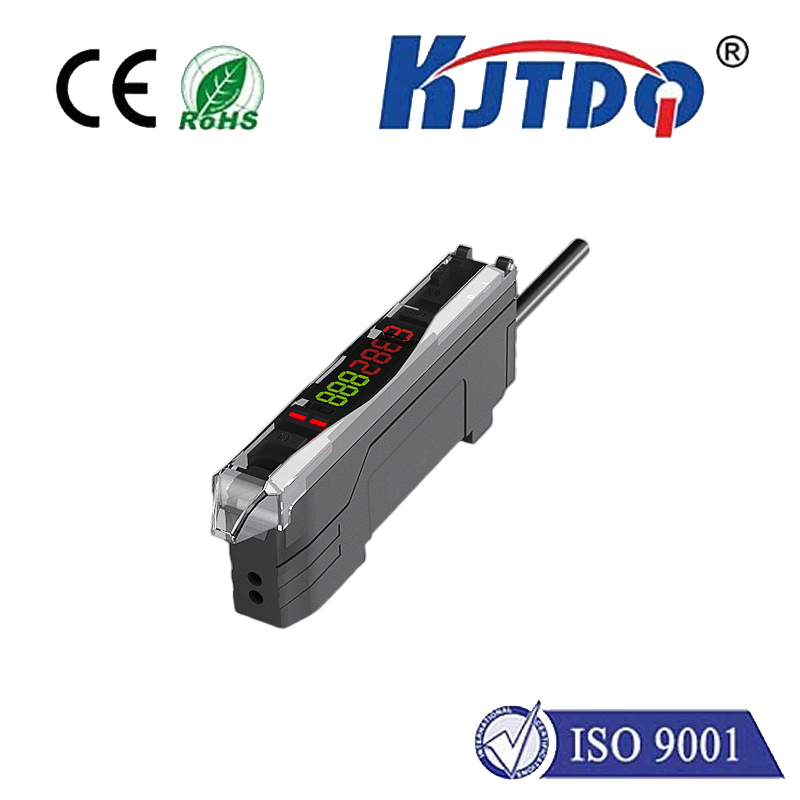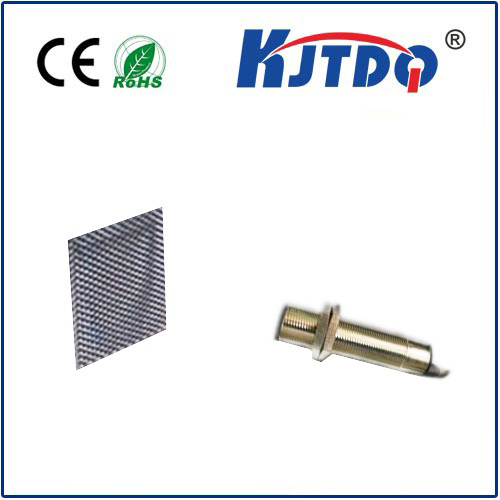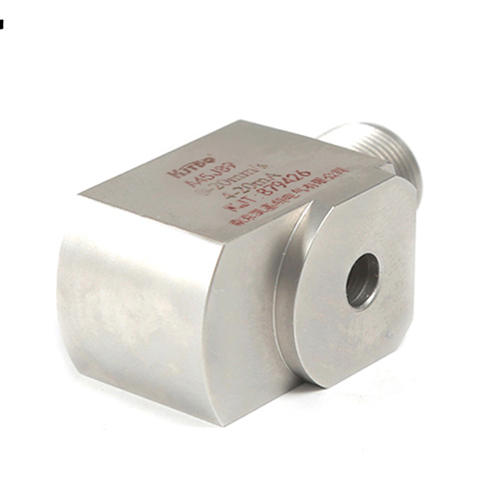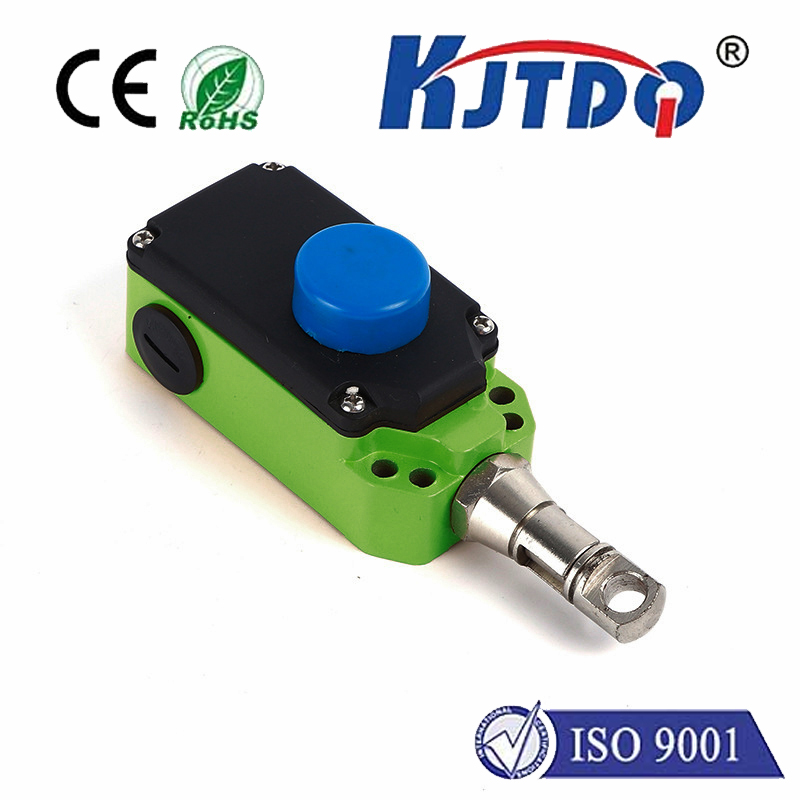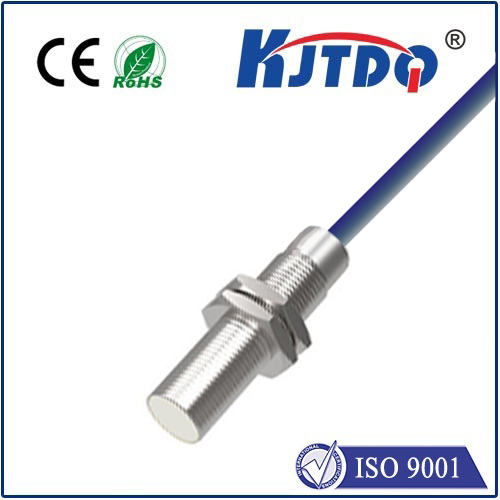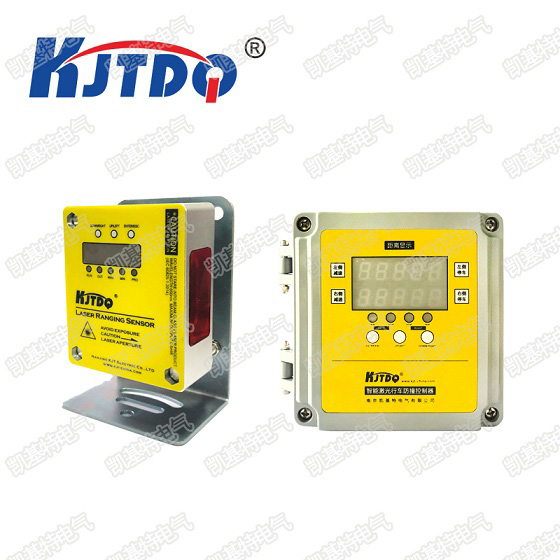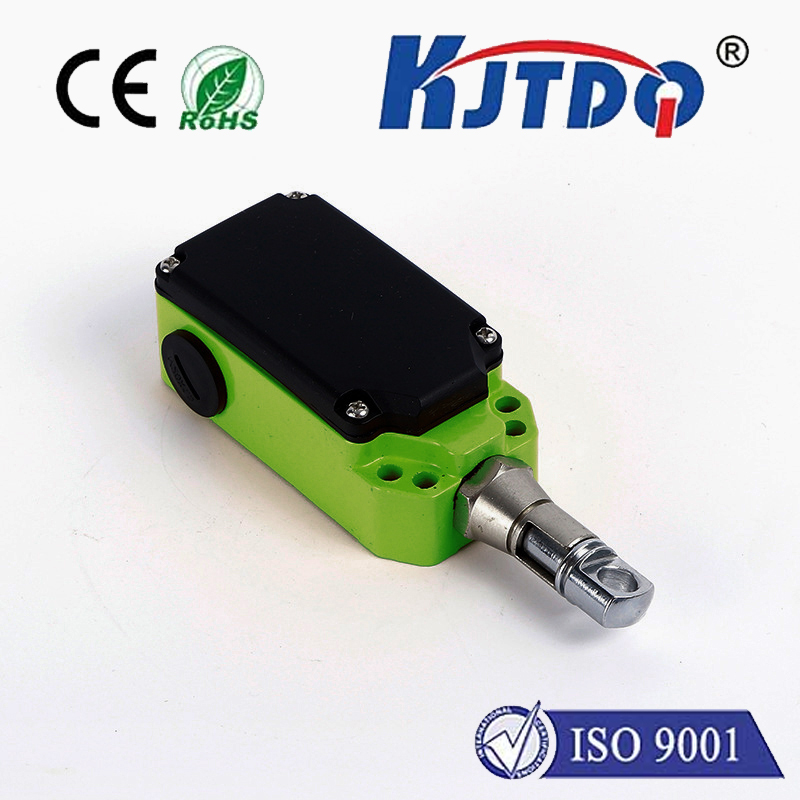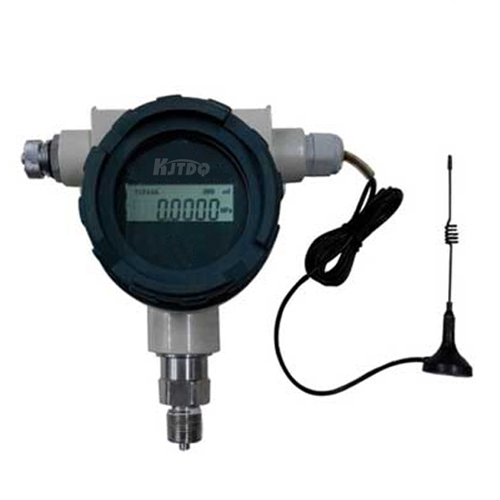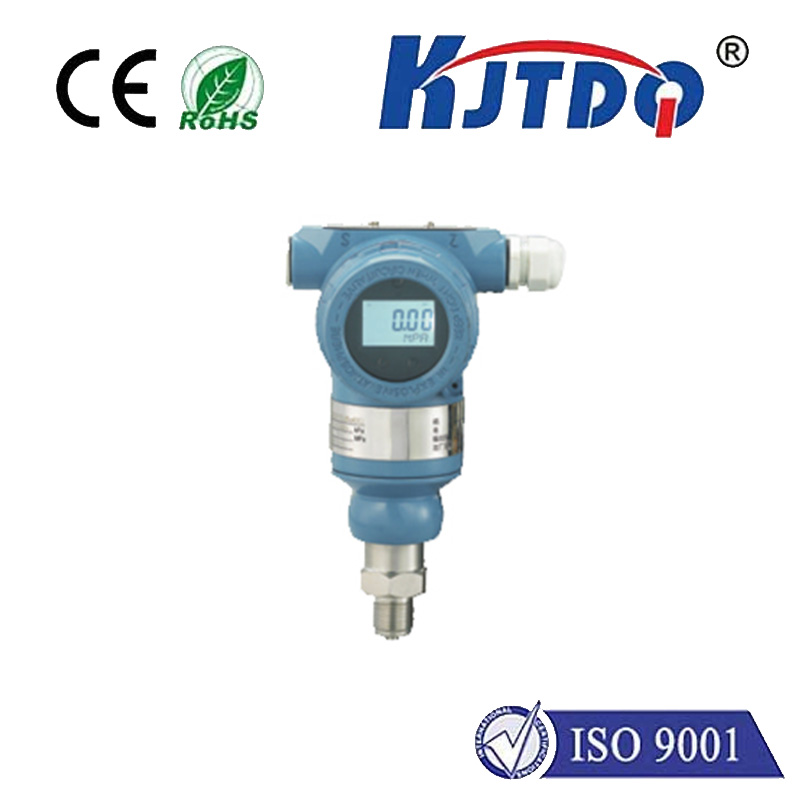

check

check

check

check

check

check

check

check

check

check
The Z axis limit switch is an integral component of CNC (Computer Numerical Control) machinery and robotics systems. It plays a crucial role in ensuring precise and accurate movements along the vertical or Z-axis. In this article, we will delve into the importance of the Z axis limit switch, its function, types, and troubleshooting tips for common issues.
Importance of the Z Axis Limit Switch
The Z axis limit switch is responsible for detecting the maximum and minimum travel distances of a machine's vertical movement. This information is crucial for preventing damage to the machinery and ensuring that it operates within safe parameters. Without this limit switch, there would be no way to determine when the machine has reached its upper or lower limits, leading to potential collisions and equipment failure.

Function of the Z Axis Limit Switch
The primary function of the Z axis limit switch is to signal the control system when the machinery has reached its predefined limits. Once the signal is received, the control system can then initiate appropriate actions such as stopping or reversing the direction of movement. The limit switch also helps in setting up the initial position of the machinery after power-up or reset.
Types of Z Axis Limit Switches
There are two main types of Z axis limit switches: mechanical and electronic. Mechanical limit switches use physical contact between a lever or roller and a actuator to trigger the signal. On the other hand, electronic limit switches use sensors such as inductive proximity sensors or Hall effect sensors to detect changes in magnetic fields or electrical currents. Both types have their advantages and disadvantages, with mechanical switches being more robust but less precise, while electronic switches offer higher precision but may be less reliable over time.
Troubleshooting Common Issues with Z Axis Limit Switches
Like any other component in a CNC machine or robotic system, Z axis limit switches can encounter problems from time to time. Some common issues include misalignment, worn-out contacts, and faulty wiring. To troubleshoot these problems, one should first check the alignment of the switch and ensure that it is properly mounted. If the issue persists, inspecting the contacts for wear or damage may help identify the root cause. Additionally, checking the wiring connections and ensuring proper voltage levels can often resolve intermittent or unresponsive issues.
In conclusion, understanding the importance and function of the Z axis limit switch is essential for anyone working with CNC machinery or robotics systems. By recognizing the different types available and knowing how to troubleshoot common issues, operators can maintain efficient and safe operations while minimizing downtime due to equipment failure.
